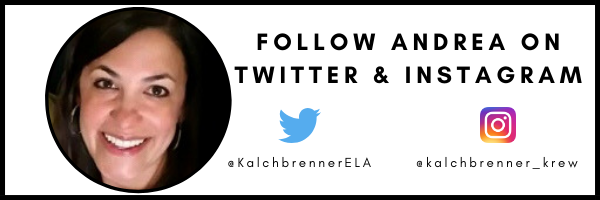TL;DR:
- Focus on improving your grading practices by cutting the fluff, grading what matters, eradicating participation and completion points, and allowing redos.
- Avoid taking points off for late work.
- Use formative assessments to guide student progress and include students in the assessment process.
Have you ever had a parent ask you why their child is passing your class but failing every assessment they take? Have you ever offered extra credit for bringing in tissue boxes? Or have you ever taken points off an assignment simply because it was turned in late even though the content was correct?
Improve Your Grading Practices
If you have, do not fret! We have as well! Saying that we have done these things does not make us bad teachers; it makes us human! We have learned how to improve our grading practices over the years, so now we do “better” for our students. Remember, it is never too late to make a change for the better.
Every teacher has a different idea of what grading should look like and how grades should be given, which is why it is often viewed as a “hot topic” in schools. If you want to get teachers fired up, get them talking about grading practices!
The first time you assess a student’s mastery on a standard should not be on the final summative assessment. You should know every step of the way how the student is progressing with small check-ins along the way. Share on XLet’s dive into a couple of our biggest thoughts on grading.
Cut the fluff.
Get rid of the extra. No busy work. The assignments you have your students do should lead them to mastery of your content standards. If your assignment does not directly match up to your standard, ask yourself why are you giving it.
Grade what matters.
Cutting the fluff leads to what really matters. What do you want your students to learn? Identify exactly what you want your students to achieve and grade only that. Look at your rubrics and make sure they are reflective of your learning targets. If they do not match up, change it.
Eradicate participation & completion points.
Your gradebook should reflect student progress on your summative assessments. If you are including assignments that you did not actually grade, but simply “checked” in, what are you actually assessing? Is giving a 10/10 on an assignment a student turned in, but you never actually looked at, an accurate reflection of what the student actually knows? If you give students even 5 points a day for proper “Zoom Etiquette,” do those 25 points a week accurately display their mastery over the content?
Penalty-free zone for late work.
When we take points away for an assignment being turned in late, we are communicating that it does not matter if the student showed mastery. Instead, it shows that they can follow a deadline; it tells you nothing of their skill level. Yes, of course we want our students to learn the importance of deadlines and to turn things in in a timely manner, but there are other ways of doing this besides taking away arbitrary points. We want to assess the mastery of the concepts, not their compliance with turning in work.
Allow redos.
No assignment should ever be final. If a student asks to redo an assignment to learn more, why would we not say yes?! Isn’t that what we want?! We work towards mastery of each standard that we teach. If a student does not show mastery the first time, we reteach and redo until they do.
[scroll down to keep reading]
Formative assessments matter.
The first time you assess a student’s mastery on a standard should not be on the final summative assessment. You should know every step of the way how the student is progressing with small check-ins along the way.
Include students in the grading process.
Who says grades can only be assigned by teachers? Have your students grade themselves using a student-friendly rubric and then compare their self-reflective grade to yours. After returning an assignment, have a 1:1 conference to share feedback with the student and offer them an opportunity to make revisions.
We could go on and on, but these are a few main principles that are in the forefront of our grading practices. Keep in mind that there is not ONE correct way to grade. You have to figure out what works best for you and effectively reflects what your students have learned.
About Andrea Kalchbrenner
Andrea is a 7th grade ELA teacher from the Chicago suburbs and Lead Ambassador for the Teach Better team. She has been teaching for over 12 years and has a Reading Masters degree. Andrea enjoys networking and sharing her ideas with other educators on Twitter and Instagram. In addition, she loves spending time with her infant son Luke, reading, and teaching dance.
About Meghan Deegan
Meghan Deegan is a 7th grade math teacher in the Chicago suburbs and the Lead Ambassador for the Teach Better Team. She has a Masters degree in Curriculum and Instruction and is a Nationally Board Certified Teacher. She loves working with and connecting with fellow educators and is active on Twitter and Instagram.
Meghan loves spending time with her two dogs, boyfriend, family, and friends!


